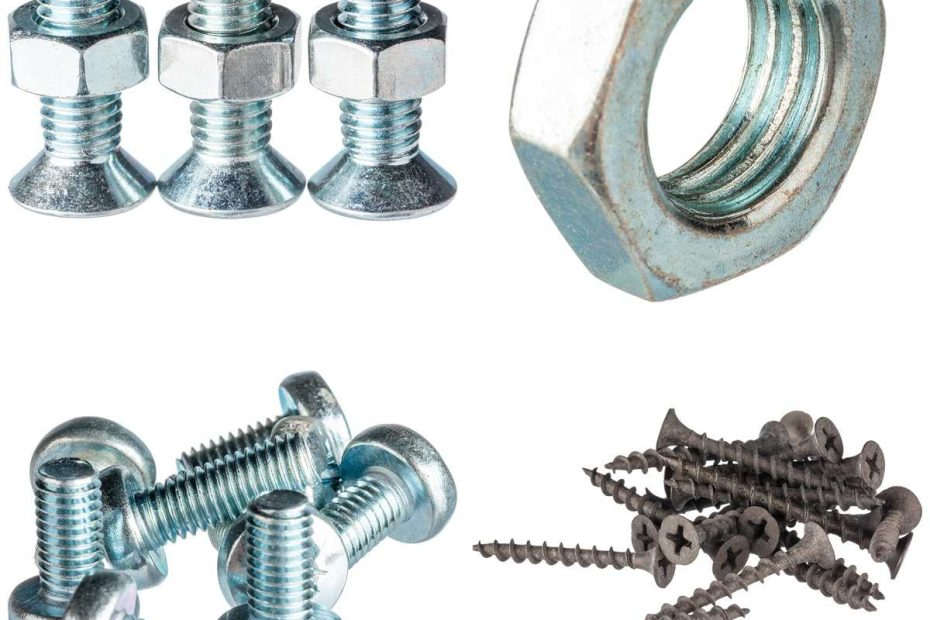Nuts are essential components in various mechanical systems used to connect parts together. They are widely used in the automotive, construction and industrial industries. Although they look simple, proper tightening is critical to ensure stability and safety.
This article will provide a comprehensive beginner’s guide to the proper way to tighten nuts, including the tools needed, techniques, and common mistakes to avoid.
Understanding types of nuts
Before diving into the nut tightening process, it is important to understand the different types of nuts available on the market. Some common types include:
a. Hex Nuts: These are the most common type of nut with six sides providing a strong connection.b. Star Nuts: Also known as star or torx heads, these have a more complex design with six spokes that create a more secure hold.c. Square Nuts: They have a square slot and provide a larger contact surface than hex nuts.d. Wing Head Nuts: These nuts have a round head with protrusions (wings) that help prevent self loosening.e. Self-tapping screws: These have a sharp point that can pierce material without the need for pre-drilling.
Each type of nut requires a specific type of screwdriver or wrench for proper tightening.
Factors affecting clamping force
The tightening force of the nuts depends on several factors, including:
Nut and Bolt Material: Steel nuts and bolts are usually tightened with more force than aluminum ones.
Type of thread: Fine threads require less clamping force than coarse threads.
Bolt strength class: Bolts with a higher strength class can be tightened with more force.
Application: For critical applications where it is important to avoid loosening, a higher clamping force may be required.
Here are sample recommended torque values for different size nuts:
Nut size Recommended torque (Nm) Recommended torque (kgf m)
M6 6.4 – 9.7 0.64 – 0.97
M8 16.1 – 24.5 1.61 – 2.45
M10 31.8 – 48.4 3.18 – 4.84
M12 54.9 – 84.0 5.49 – 8.40
M14 88.0 – 133.0 8.80 – 13.30
M16 137.0 – 209.0 13.70 – 20.90
M18 188.0 – 286.0 18.80 – 28.60
M20 266.0 – 406.0 26.60 – 40.60
It is important to note that these are only indicative values. It is always best to consult the manufacturer’s owner’s manual or a qualified mechanic to determine the correct tightening torque for the particular application.
To convert Nm to kgf m, you can use the following formula:
Torque (kgf m) = Torque (Nm) / 9.80665
Example:
The recommended torque for an M10 nut is 31.8 Nm. To convert it to kgf m, we’ll divide 31.8 Nm by 9.80665:
Torque (kgf m) = 31.8 Nm / 9.80665 = 3.24 kgf m
Tips for proper tightening
Use a torque wrench to make sure you are applying the correct amount of force.
Tighten the nuts gradually and evenly.
Check the tightness of the nuts after a while to make sure they are not loose.
Common mistakes
Over-tightening the nuts, which can damage the thread or break the bolt.
Insufficient tightening of nuts, which can cause loosening and damage.
Using the wrong tightening tool.
Conclusion
Tightening nuts may seem like a simple task, but understanding the different types of nuts, proper tightening techniques, and common mistakes can greatly improve your productivity and extend the life of your mechanical systems.
